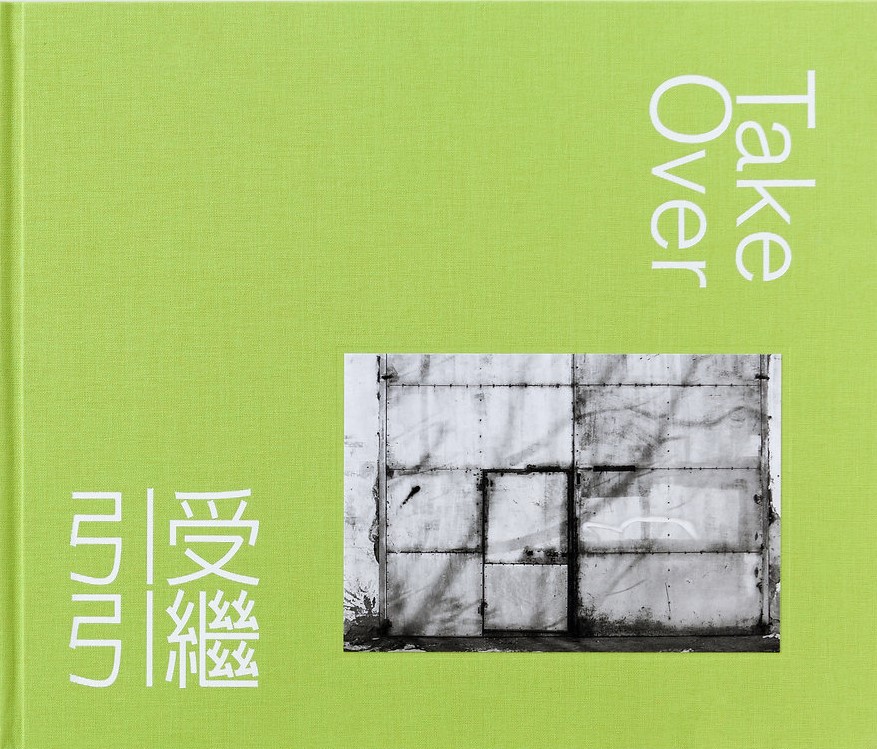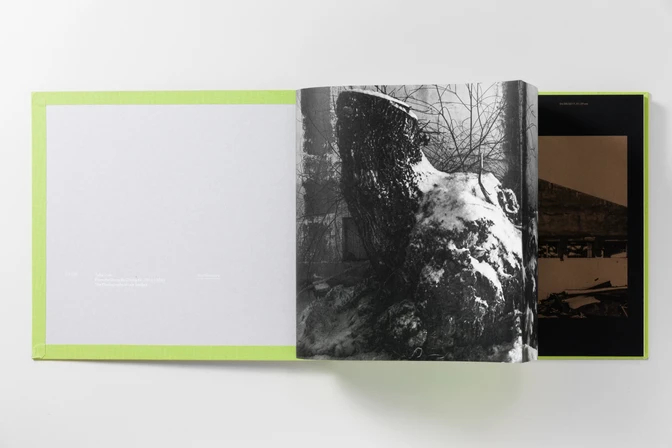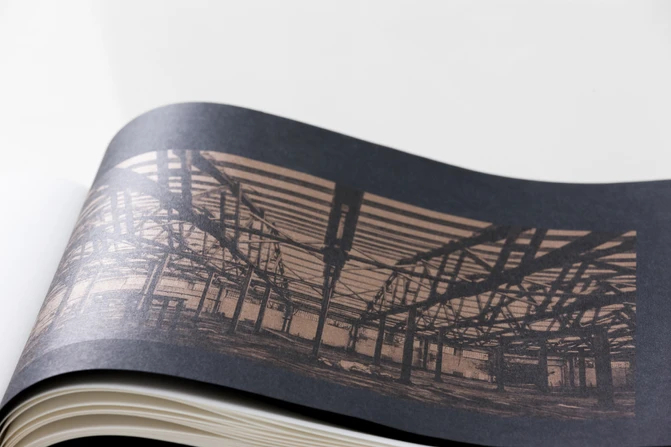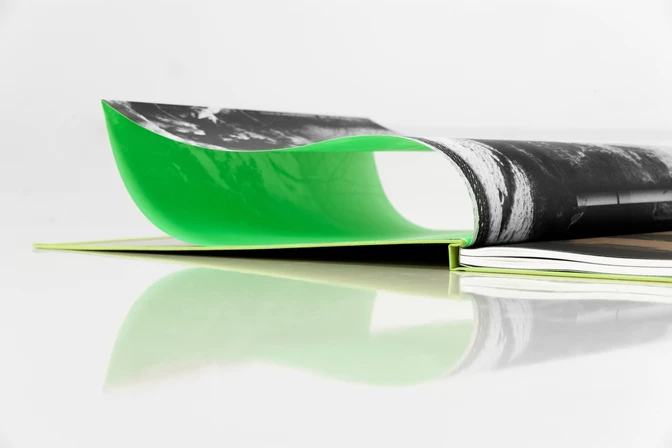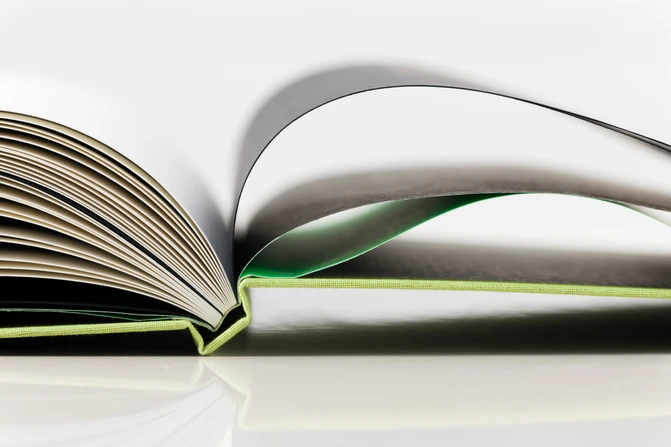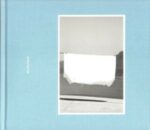Exemplaire Signé.
1ère édition tirée à 400 exemplaires.
[… ]Les photos de Dongbu – Changko par Lee Jae Bok contiennent les aspects des locaux de 2016 à 2021, lorsque l’installation a été rénovée en espace culturel. La plupart des photos ont été prises après les heures de travail quotidiennes, entre le début de la soirée dans l’obscurité et l’aube. C’est parce que l’accès au chantier était interdit pendant les heures de travail dans la journée, sauf le personnel, mais aussi le fond sombre de cette heure de la nuit révèle le contour des buldings gris de Dongbu-Changko encore plus clair avec une petite lumière. L’espace long – déserté peut créer une atmosphère morne de ruines, mais l’équipement laissé par les ouvriers et les débris de construction nous a permis de détecter quelques traces humaines, et parfois les ballons de neightboring lieu d’événement ou une épaisse couche de neige blanche illuminent l’ambiance de Dongbu – Changko. Dongbu – Changko, composé de sept bâtiments, est construit avec des briques rouges et des fermes en bois. Les images telles que l’image du seul cadre woooden sans le toit, la vue avant et latérale de Dongbu – Changko, nous rappellent la photographie par les artistes du duo allemand Bernd et Hilla Becher qui ont enregistré les anciennes constructions disparues dans la photographie. D’autre part, la photographie de Lee Jae Bok montre également la constrastion entre l’intérieur et l’extérieur du bâtiment, entre les artefacts et les objets naturels. En particulier, l’image des arbres cultivés entre les deux, les bâtiments est le dernier enregistrement des arbres qui ont fini par disparaître par besoin humain [… ] -Lee Seung-ju ; postface de Lee Seung-ju (conservateur du Cheongju Museum of Art), photos en n.b.
Signed Copy.
1st edition of 400 copies.
[…]The pictures of Dongbu – Changko by Lee Jae Bok contain the aspects of the premises from 2016 to 2021 when the facility has been remodeled as cultural space. Most of the pictures have been taken after the daily working hours, between the early evening in the gathering darkness and the dawn. It was because the access to the construction site was prohibited during the working hours in the daytime except the staff, but also the dark background of that time of the night reveals the contour of grey buldings of Dongbu- Changko even clearer with one small light. The long – deserted space may create bleak atmosphere of ruins, but the equipment left by workers and the construction debris let us preceive some human traces, and sometimes the balloons of neightboring event place or thick layer of white snow brighten the ambiance of Dongbu – Changko. Dongbu – Changko, composed with total seven buildings, is built with red bricks and wooden trusses. The pictures such as the image of only the woooden framework without the roof, the front and side view of Dongbu – Changko, remind us of the photography by German duo artists Bernd and Hilla Becher who recorded the disappearing old constructions in the photography. On the other hand, the photography of Lee Jae Bok also shows the constrast between inside and outside of the building, between artifacts and natural objects. In particular, the image of the trees grown in-between, buildings is the last record of the trees that ended up disappearing by human need.[…] -Lee Seung-ju ; postface by Lee Seung-ju (curator of Cheongju Museum of Art).

